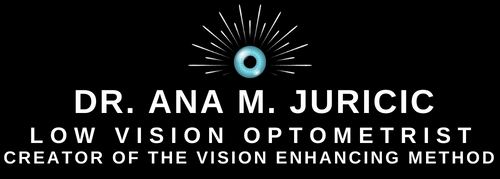Both Albinism and Usher Syndrome highlight the importance of early diagnosis, comprehensive care, and supportive communities in navigating low vision conditions.
Despite the challenges they present, there is hope, education, and support available for those living with these conditions.
Albinism:
Is a genetic condition characterized by a lack of melanin pigment in the eyes, skin, and hair. Melanin is responsible for providing color to these tissues and plays a crucial role in protecting the skin from UV damage and in the development of visual pathways in the eyes. Individuals with albinism often experience reduced visual acuity, sensitivity to light (photophobia), and nystagmus (involuntary eye movements).
There are 2 main types of albinism :
- Oculocutaneous albinism (OCA) – the most common type, affecting the skin, hair and eyes.
- Ocular albinism (OA) – a rarer type that mainly affects the eyes.
These visual impairments can vary in severity among individuals with albinism, with some experiencing mild vision loss while others may have significantly impaired vision.

Usher Syndrome:
It is a rare genetic disorder that is the main cause of deaf-blindness. The major symptoms of Usher Syndrome are loss of hearing and an eye condition called Retinitis Pigmentosa.
Usher Syndrome is a variable condition in which the degree of severity is not linked to what clinical type someone has. Of those people affected by Retinitis Pigmentosa, approximately one-sixth have Usher Syndrome.
Individuals with Retinitis Pigmentosa often experience tunnel vision, where their peripheral vision gradually narrows over time.

Early diagnosis, comprehensive eye care, and access to resources and support systems are crucial in helping individuals with Albinism and Usher Syndrome maximize their visual potential and quality of life. Understanding these conditions and their impact is essential in providing support and resources to those affected.
We appreciate all the feedback we received as we highlighted various eye care conditions during the past few weeks. We will continue highlighting more educational eye care topics and soon you can access a Library of Eye Care conditions on our website.
We invite you to join us in shining a light on the different Low Vision conditions. Spread the word, and share your stories, if you have a loved one or somebody who needs to read this or get more information about it share this information with them and advocate for greater understanding within our community. Together, we can make a meaningful difference in the lives of those affected by low vision.


